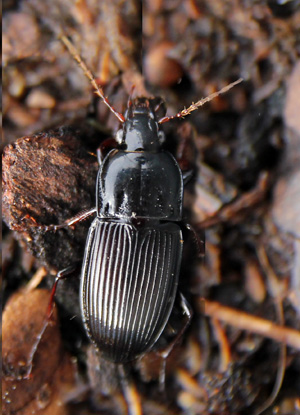
Ground beetles (family Carabidae) are important predators found in most agricultural and garden settings. They may be the most numerous predatory insects in certain systems. There are at least 34,000 species worldwide and hundreds of species of carabids occur in the Midwest. They vary in size from a less than ¼ to over 1½ inches long. The adults of most species are dark brown or black, shiny, and somewhat flattened, with slender legs for running. A few are an iridescent blue or green. They are commonly found under leaves or debris, in cracks in the soil, or running along the ground. Some species also climb into trees, shrubs, and crop plants looking for prey. Adult ground beetles run quickly when disturbed, but they rarely fly. Some species emit a strong smelling irritant when handled. Many are nocturnal and some are attracted to lights at night. They can be found in gardens, tilled crop land, meadows, and woodlands. Most species are more common on clay than on sandy soils.
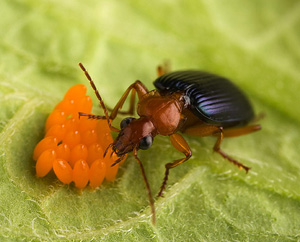
The adults of most species are fierce predators that chew up their prey with their large, sharp mouthparts. Caterpillars, grubs and adults of other beetles, fly maggots and pupae, earthworms, and other small soil dwellers are common prey for many ground beetles. They can consume their body weight in food daily. Some species are phytophagous, feeding on leaf tissue and seeds. Consumption of fallen weed seeds can be significant in reducing weed populations in some cases, although the beetles never eliminate all the weeds!
Eggs are deposited either on objects above ground or in cavities made in the soil. One of the better studied ground beetles in vegetable crops, Lebia grandis (at right), lays hundreds of eggs. Other species may lay only a few.

The three larval instars live in debris or in burrows in the soil. The larvae are usually also predaceous, although in some species the adult and larval foods are very different. A few species are not predaceous as larvae. For example, Lebia grandis, a medium-sized reddish beetle with metallic green or blue elytra, is an external parasite of Colorado potato beetle pupae as a larva. There is usually one generation per year, but the larvae of some species may require more than one year to complete development, and adults of larger species can live 2 to 4 years. The majority of species overwinter as adults in the soil or in sheltered sites.
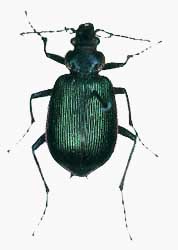
Beetles in the genus Calosoma are called caterpillar hunters. They are among the largest in the family and both the adults and larvae are very active predators. Calosoma sycophanta, a large, bright metallic green beetle, was imported from Europe to New England for the biological control of the gypsy moth in 1905. The larva feeds day and night, consuming 50 caterpillars during its two-week developmental period. The adult will eat several hundred caterpillars during a life span of two to four years. There are also several native species of Calosoma.
Although ground beetles have been captured in large numbers during insect surveys, there is relatively little information on their actual impact on pest populations. Since they are so numerous and do consume many times their weight in prey (if available) they probably provide significant pest control in many situations.
These important natural enemies can be conserved by avoiding disruptive gardening practices, such as frequent tillage, and not using broad-spectrum soil insecticides or fumigants. Their survival will be enhanced by providing refuges and overwintering sites such as hedgerows or mulch for the adult beetles. This may be as simple as straw mulch, which provides humid, sheltered hiding places for nocturnal predators.
– Susan Mahr, University of Wisconsin – Madison
Ask Your Gardening Question
If you’re unable to find the information you need, please submit your gardening question here:





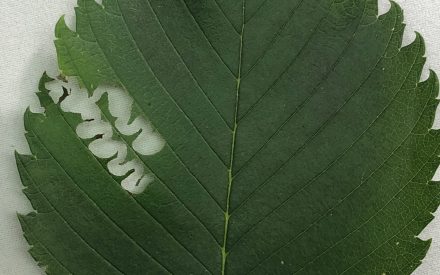 Elm Zigzag Sawfly
Elm Zigzag Sawfly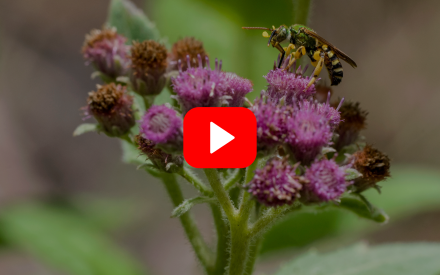 ▶ Watch: Pollinator Gardens: Plant Selection and Garden Care
▶ Watch: Pollinator Gardens: Plant Selection and Garden Care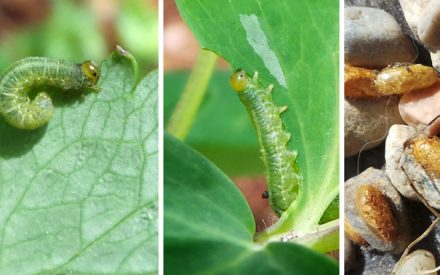 Strategies for Identifying and Managing Insect Pests
Strategies for Identifying and Managing Insect Pests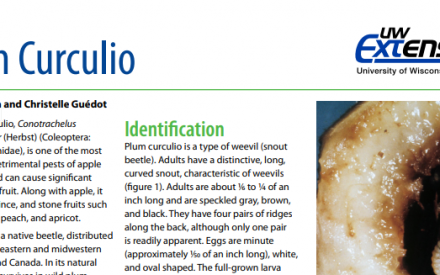 Plum Curculio
Plum Curculio


